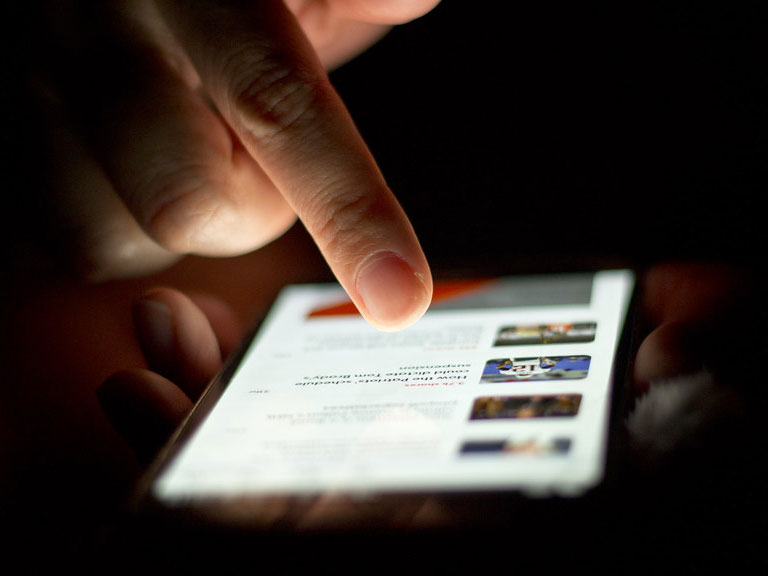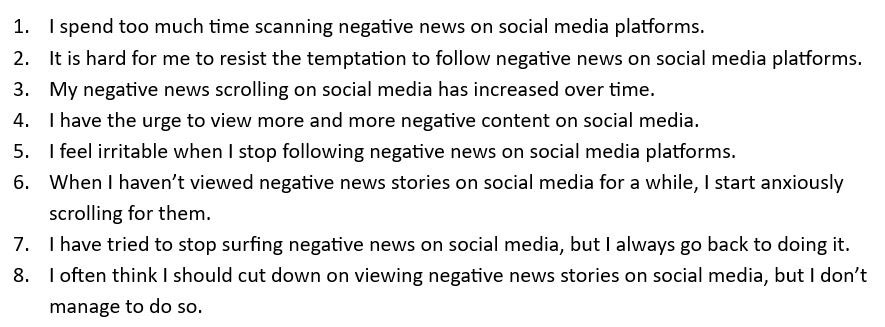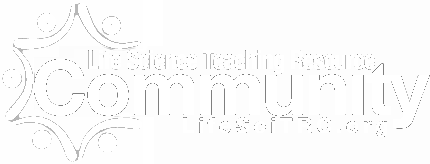How many hours do you spend scrolling on social media? According to the American Academy of Pediatrics (AAP), children in the US start using social media at around 11 years of age. The AAP estimates that 92% of teens are active on social media.
Like many things in life, social media use carries both potential risks and benefits. Social media helps us connect, which can be especially important for young people. However, social media can pose specific risks because the adolescent brain is more vulnerable to its possible harms. Social media can expose young people to harmful content and take advantage of young peoples’ developing impulse control1 skills and increased sensitivity to what others think.
Since social media is relatively new, we are only starting to understand these risks to young peoples’ physical and mental health. In 2023, the United States Surgeon General and the American Psychological Association issued their first-ever health advisories on social media use in adolescence with recommendations that underscore the benefits of social media while reducing the risks.
One risk of social media use is doomscrolling,2 a term that refers to the behavior of excessive scrolling on social media for negative news, such as stories about crime, social or political crises, or natural disasters. In one of the first studies of its kind, researchers including Reza Shabahang at Flinders University in Australia investigated the impacts of doomscrolling on our perceptions of the world.

Figure 1.
A person scrolling news on their smartphone.
[Source:https://commons.wikimedia.org/wiki/File:Scrolling_on_phone.jpg]
Reza Shabahang, Media Psychology Researcher in the Social Influence & Social Change Lab at Flinders University in Australia, grew up playing video games like Nintendo. He became fascinated by the impacts of rapid technological growth on our physical and psychological wellbeing, especially social media use. One way that social media use affects us is potentially unlimited access to negative news. Shabahang and colleagues found that doomscrolling can negatively influence how we view the world and our mental health.
Negativity Bias and Doomscrolling
The concept of “negativity bias”3 was described by psychologists in the early 2000’s to explain how negative information sparks more brain activity than positive information. The research was initially done on negative and positive images, but the findings hold true across many domains, including news and social media. Researchers hypothesize that negativity bias has an evolutionary function, focusing our attention on potential dangers and threats to our survival.
On social media, negativity bias can fuel doomscrolling, which can become habitual and even exhibit symptoms of addictive behavior.4 Recent research has shown that doomscrolling can increase anxiety about the future, increase risk-taking behaviors, and lead to decreased mental health.
In this study, Shabahang and colleagues wanted to know whether doomscrolling may also impact an individual’s perception of the world including philosophical questions like the essence of human nature and the meaning of life. Shabahang explored how this increased exposure to negativity impacts our health.
Measuring the Impact of Doomscrolling on Social Media
To conduct this research, Shabahang first needed to develop a scale to measure doomscrolling on social media. This scale conceptualized doomscrolling as a potentially addictive behavior and was based around six core components of addiction. These components include:
- Salience: the extent to which a given activity, such as doomscrolling, becomes the most important part of a person’s life, potentially taking over a person’s thoughts, feelings, and actions.
- Mood modification: the extent to which a given activity influences a person’s mood. For example, someone may report feeling “high” while engaging in an activity, or this activity may serve as stress relief and allow them to “escape.”
- Tolerance: the amount of activity needed to achieve the desired emotional or physical effects. As someone continues to engage in an activity, it may take more time or more intensity than it did previously to achieve the same effects.
- Withdrawal symptoms: the unpleasant emotional or physical effects that occur when an individual reduces or completely stops a given activity.
- Conflict: the extent to which someone’s participation in a given activity causes inner conflict or conflict with those around them.
- Relapse: reverting back to a previous behavior after having stopped for a period of time.
Based on these six components, Shabahang and colleagues developed eight statements that were included in what they called the Social Media Doomscrolling Scale (SMDS). The statements were revised based on feedback from outside experts and pilot tested on 35 participants. In pilot testing, participants took the SMDS and then provided feedback on the language and content of the statements.
Next, the researchers asked volunteers to complete the SMDS in addition to other measures of wellbeing and analyzed the results. They recruited 747 social media users ages 17-60 years through online advertisements. Based on this feedback, the researchers finalized the SMDS. The statements are shown in Figure 2. For each statement, participants were instructed to respond on a scale of 1 (strongly disagree) to 6 (strongly agree).

Figure 2.
Eight statements included in the Social Media Doomscrolling Scale (SMDS).
[Source: Shabahang et al 2022]
Evaluating the Impact of Doomscrolling on our Beliefs about the World
Once the SDMS measurement tool was developed, Shabahang used it to evaluate the impacts of social media doomscrolling on how participants viewed the world. This study focused on college-age students who self-identified as social media users. Participants included 620 students from the University of Guilan in Iran and 180 students from the University of Central Missouri in the United States. The researchers wanted to include participants from distinct cultures to compare the results. Each participant completed the SMDS and three additional online questionnaires:
- The Existential Anxiety Questionnaire (EAQ) assesses an individual’s level of existential anxiety, meaning their worry about big philosophical questions like the meaning of life. For example, “I often think that the things that were once important in life are empty.” Participants respond to these statements on a scale from 1 (strongly disagree) to 6 (strongly agree).
- The Global Belief in a Just World Scale assesses the strength of an individual’s belief that the world is just. For example, “I feel that rewards and punishments are fairly given.” Participants respond to these statements on a scale from 1 (strongly disagree) to 6 (strongly agree).
- The Misanthropy5 Scale assesses how much a participant expresses a dislike for other human beings. For example, “Humans are by nature basically corrupt.” Participants respond to these statements on a scale from 1 (strongly disagree) to 5 (strongly agree).
Once Shabahang and colleagues received all the survey responses, they performed statistical analyses to determine the relationship between doomscrolling, existential anxiety, belief in a just world, and misanthropy. They found that doomscrolling predicted higher levels of existential anxiety in all participants, both in Iran and the United States. Doomscrolling predicted higher levels of misanthropy in Iran but less so in the United States. This may be due to the smaller sample size in the United States and requires further research to understand. The researchers found that doomscrolling did not impact participants’ belief in a just world.
In future research, Shabahang and colleagues hope to expand their inquiry to further explore how doomscrolling and the consumption of negative news may affect our health and well-being.
Towards Healthy Social Media Use
Based on this research, Shabahang encourages all social media users, especially young people, to foster a mindful6 approach to media consumption. “It is important to be aware of our motivations for social media use and news consumption,” explained Shabahang. “By understanding how our thoughts and emotions shift in response to media engagement, we can better manage our consumption and maintain a healthier perspective.” Defining mindful social media use and exploring the benefits of consuming social media this way is another area of future research.
Reza Shabahang is Media Psychology Researcher in the Social Influence & Social Change Lab at Flinders University in Australia. His research focuses on the effects of social media on our health and well-being. When not in the laboratory, Shabahang enjoys activities unrelated to media and technology including reading, gardening, cooking, forest-bathing, and sports. He limits his video game usage to 2-3 hours each week.
For More Information:
- Shabahang, R. et al. 2024. “Doomscrolling evokes existential anxiety and fosters pessimism about human nature? Evidence from Iran and the United States.” Computers in Human Behavior Reports, 2024; 15: 100438. https://doi.org/10.1016/j.chbr.2024.100438
- Shabahang, R. et al. 2024. “Embrace the moment using social media: A cross-cultural study of mindful use of social media.” Mindfulness, 15(1): 157–173. https://doi.org/10.1007/s12671-023-02271-9
- Shabahang, R. et al. 2022. ““Give Your Thumb a Break” from Surfing Tragic Posts: Potential Corrosive Consequences of Social Media Users’ Doomscrolling.” Media Psychology, 26(4), 460–479. https://doi.org/10.1080/15213269.2022.2157287
- Griffiths, M. 2005. “A ‘components’ model of addiction within a biopsychosocial framework.” Journal of Substance Use, 10(4): 191-197. https://doi.org/10.1080/14659890500114359
To Learn More:
- U.S. Department of Health and Human Services: Surgeon General Issues New Advisory About Effects Social Media Use Has on Youth Mental Health. https://www.hhs.gov/about/news/2023/05/23/surgeon-general-issues-new-advisory-about-effects-social-media-use-has-youth-mental-health.html
- American Academy of Pediatrics: Social Media and Adolescent Mental Health. https://www.aap.org/en/patient-care/mental-health-minute/social-media-and-adolescent-mental-health#
- American Psychological Association: Health Advisory on Social Media Use in Adolescence. https://www.apa.org/topics/social-media-internet/health-advisory-adolescent-social-media-use
- American Psychological Association: Potential risks of content, features, and functions: The science of how social media affects youth. https://www.apa.org/topics/social-media-internet/youth-social-media-2024
- Mayo Clinic: Doomscrolling: Stop the scroll, protect your mental health. https://mcpress.mayoclinic.org/mental-health/doom-scrolling-and-mental-health/
Written by Rebecca Kranz with Andrea Gwosdow, PhD at www.gwosdow.com

